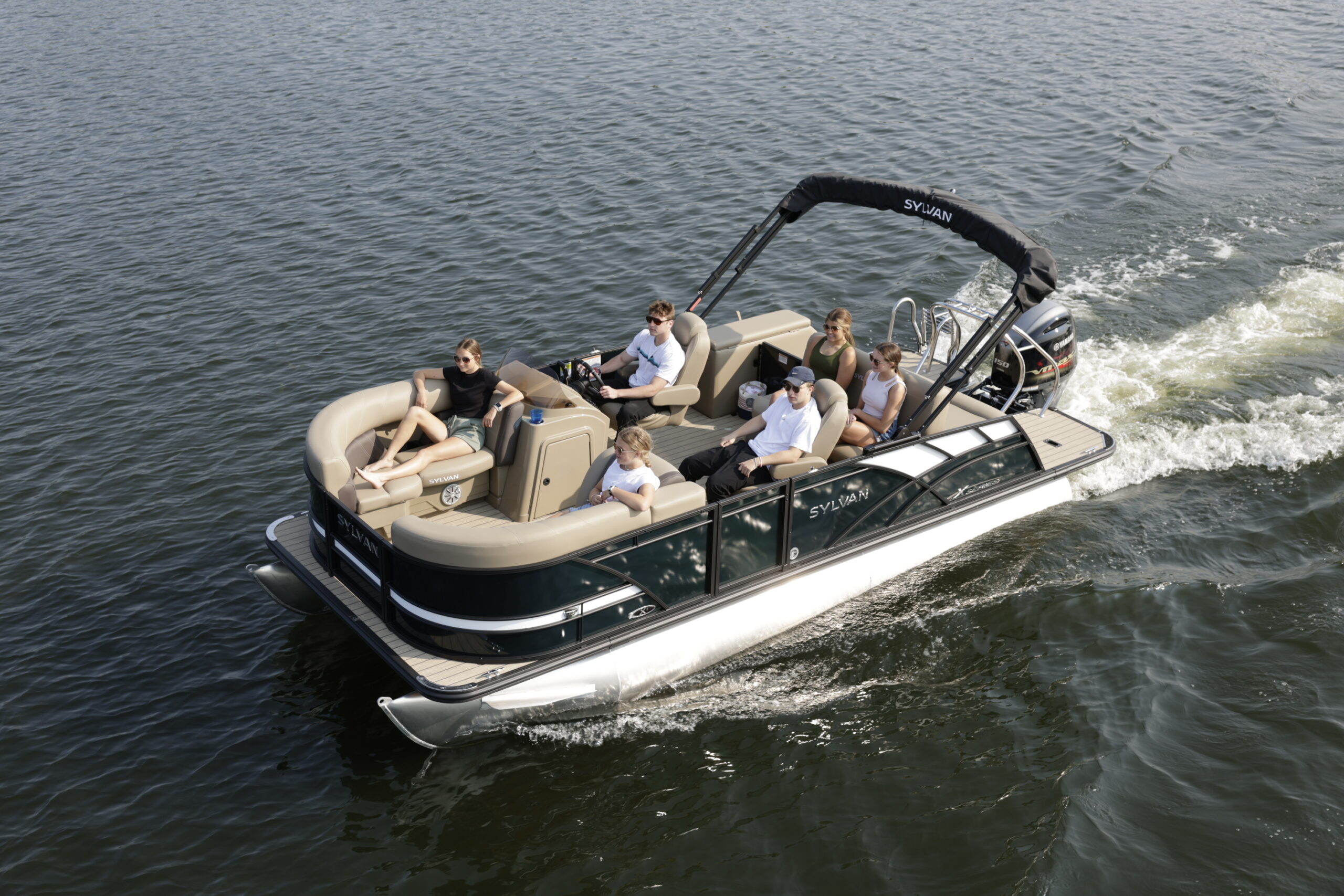Pontoon boats have become the go-to choice for families and friends who love comfort, space, and versatility on the water. With their wide decks, stable platforms, and growing lineup of performance options, they’re equally at home hosting sunset cruises, pulling tubers, or even fishing. Buying a pre-owned pontoon can make this lifestyle much more affordable, but like any boat purchase, it pays to know what to look for.
Why Buy Pre-Owned?
Pontoon boats hold their value well, but you can still save significantly by shopping used. Pre-owned models often come with upgraded furniture, canopies, or entertainment systems that would cost extra on a new boat. You’ll also skip the steepest depreciation period, giving you more boat for your budget.
Step 1: Define Your Priorities
Ask yourself what you’ll use the pontoon for most often. Is your priority leisurely cruises, fishing, watersports, or a mix of everything? Fishing-focused pontoons may include rod holders and livewells, while performance-oriented “tritoons” (three-tube pontoons) handle higher speeds and tow sports more effectively.
Step 2: Research Brands and Models
Not all pontoons are alike. Brands like Bennington, Sylvan, and Harris are known for premium quality and comfort, while Sun Tracker and Lowe offer excellent entry-level options. Look into construction, seating layouts, and features like extended swim platforms or reinforced toons to match your needs.
Step 3: Inspect the Toons and Deck
The tubes are the heart of a pontoon boat—check for dents, patches, or corrosion. Walk the deck to feel for soft spots, which could signal water damage. Check the fencing, gates, and railings for sturdiness. The condition of the deck and tubes can reveal a lot about how the boat has been stored and maintained.
Step 4: Examine the Engine
Most pontoons are powered by outboard motors. Verify engine hours, ask for service records, and look for signs of wear or corrosion. If the boat has higher horsepower for towing or cruising, make sure it runs smoothly and handles throttle transitions well.
Step 5: Check the Interior and Furniture
Pontoons are made for lounging, so upholstery condition is key. Look for tears, fading, or mildew on cushions and flooring. Marine vinyl can wear down in the sun, and replacing it can get expensive. A clean, well-kept interior usually signals good overall care.
Step 6: Review Features and Extras
Modern pontoons often come with extras like Bimini tops, upgraded sound systems, LED lighting, ski tow bars, or fishing setups. Test all electrical components, pumps, and switches. These add-ons can make a big difference in your boating experience—and in the boat’s value.
Step 7: Take a Test Run
On the water, see how the pontoon accelerates, handles turns, and responds at different speeds. For tritoons, make sure it performs well for watersports. Pay attention to vibration or unusual noises. This is your chance to see if the boat matches your expectations for comfort and performance.
Step 8: Confirm Paperwork and Ownership
Double-check the title, registration, and any trailer documents. Look for transferable warranties and confirm there are no liens on the boat. Organized paperwork usually reflects a responsible seller.
Step 9: Budget for Ownership Costs
While pontoons are often less expensive to maintain than high-performance boats, you’ll still need to plan for insurance, storage, annual service, and fuel. Consider whether you’ll need upgrades like covers, electronics, or new seating down the line.
Final Thoughts
Buying a pre-owned pontoon is one of the best ways to enjoy spacious, comfortable days on the water without overspending. By focusing on the condition of the toons, deck, engine, and interior, you’ll ensure your investment pays off for seasons to come. Whether it’s family tubing adventures, fishing with friends, or quiet evening cruises, a pontoon makes every day on the lake feel like a getaway.




